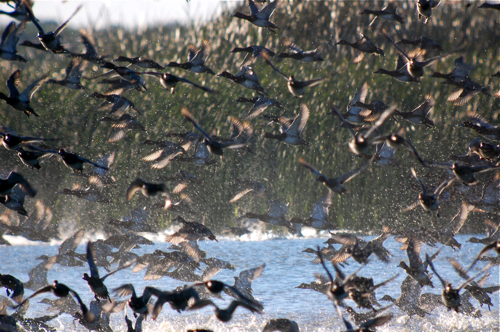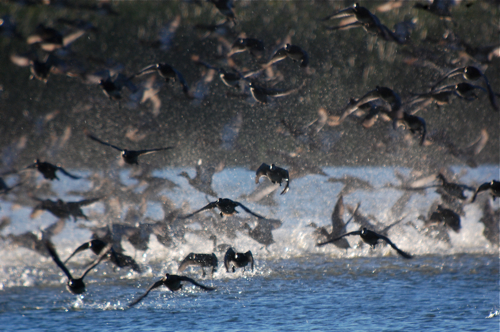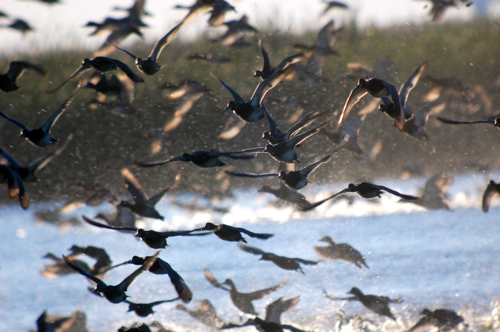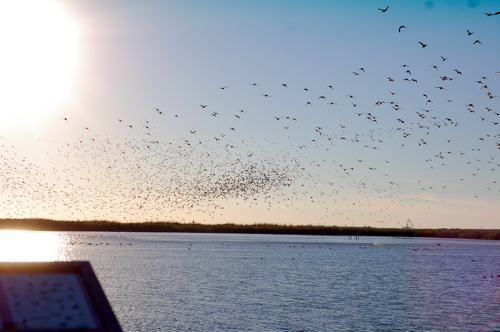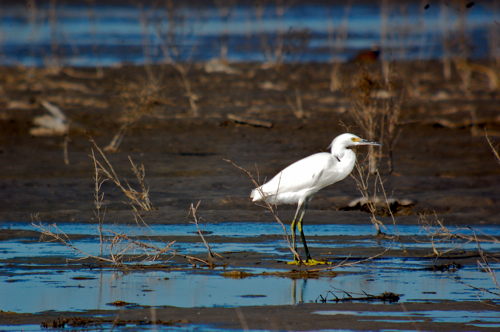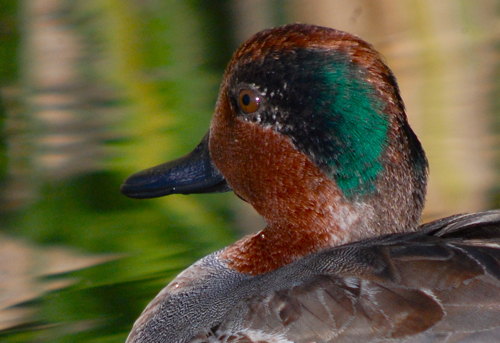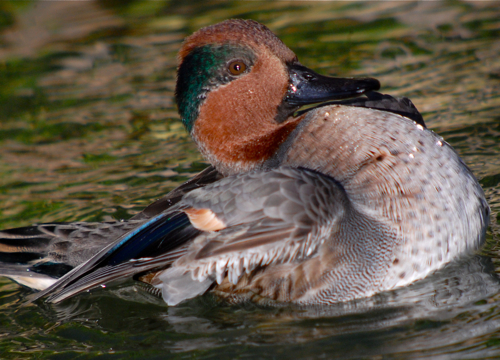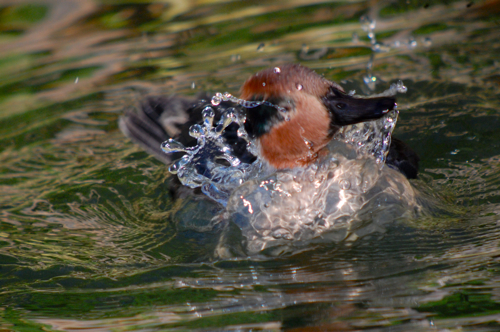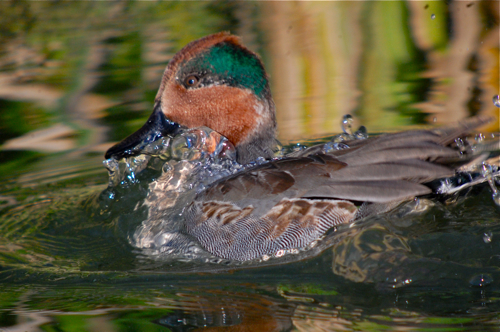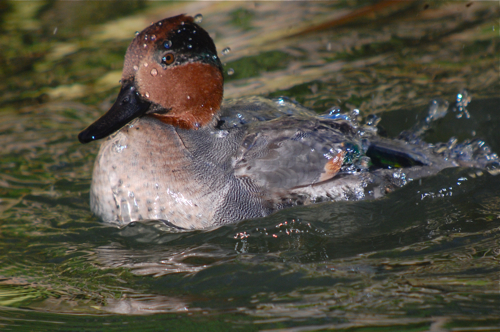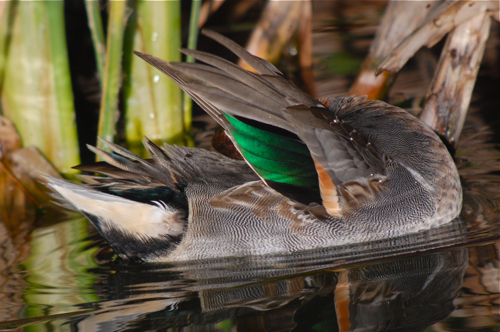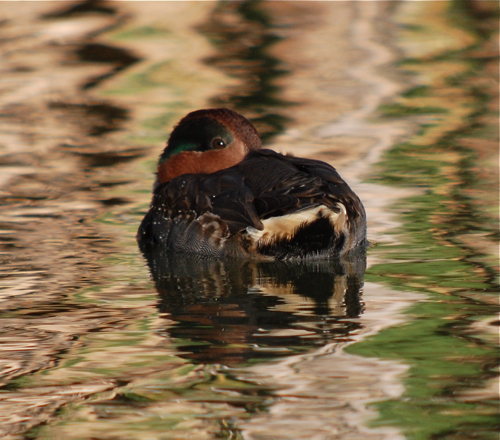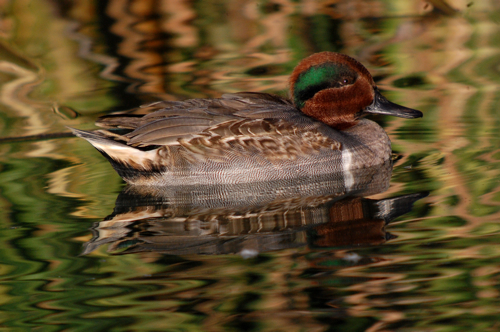 Here is a yellowlegs that WildBird on the Fly and I observed at one of my favorite digiscoping spots, Estero Llano Grande. She and I went there a couple of times and I tried to get some lifers and do some digiscoping. I discovered that I need to focus on one thing at a time. If I'm after a lifer, I should concentrate on that, if I want to take pictures of birds, I should focus on that. If I try to do both, I don't know where to focus my attention and I miss good shots and I totally miss birds.
Here is a yellowlegs that WildBird on the Fly and I observed at one of my favorite digiscoping spots, Estero Llano Grande. She and I went there a couple of times and I tried to get some lifers and do some digiscoping. I discovered that I need to focus on one thing at a time. If I'm after a lifer, I should concentrate on that, if I want to take pictures of birds, I should focus on that. If I try to do both, I don't know where to focus my attention and I miss good shots and I totally miss birds.
 Estero has several different trails and the boardwalk around the ponds is usually a good place for shore birds, like the above solitary sandpiper (who is actually living up to its name, it's by itself).
Estero has several different trails and the boardwalk around the ponds is usually a good place for shore birds, like the above solitary sandpiper (who is actually living up to its name, it's by itself).
 We some colorful birds too like this little blue herons,
We some colorful birds too like this little blue herons,
 black-necked stilts--love those guys,
black-necked stilts--love those guys,
 least grebes (check out that crazy yellow eye),
least grebes (check out that crazy yellow eye),
 and a young male vermilion flycatcher.
and a young male vermilion flycatcher.
 We even did our good deed for the day by rescuing a dragonfly (although, after reading Born Again Bird Watcher's post, maybe we should have left it). Amy notice this dragonfly on its back in the water. I couldn't reach with my arm, but used my scope's tripod to fish it out. We took a few photos and then set it down on the board walk to finish drying out.
We even did our good deed for the day by rescuing a dragonfly (although, after reading Born Again Bird Watcher's post, maybe we should have left it). Amy notice this dragonfly on its back in the water. I couldn't reach with my arm, but used my scope's tripod to fish it out. We took a few photos and then set it down on the board walk to finish drying out.
 I generally do not take field guides with me. It helps you focus on the bird in front of you rather than spending too much time with your nose in a book. It kind of forces you to pay attention to field marks. Like the above shorebird. It was tiny, kinda brownish, and the legs were a different color than the bill--that's a least sandpiper.
I generally do not take field guides with me. It helps you focus on the bird in front of you rather than spending too much time with your nose in a book. It kind of forces you to pay attention to field marks. Like the above shorebird. It was tiny, kinda brownish, and the legs were a different color than the bill--that's a least sandpiper.
The other reason why I don't bring a guide is that someone on field trips always has a book, I know many birds and what I don't know, I can usually digiscope and id later, or I'm almost always out with someone who knows the area better than I do and will confirm id for me. Well that bit me in the butt.
 We got to a spot with some kingbirds and I wasn't sure what type we were seeing, but I figured I would digiscope it and then look it up later. I have it narrowed down to either a tropical kingbird or a Couch's kingbird. I thougt I would go over to BNA and see if I could work out the difference. Here's what Cornell had to say:
We got to a spot with some kingbirds and I wasn't sure what type we were seeing, but I figured I would digiscope it and then look it up later. I have it narrowed down to either a tropical kingbird or a Couch's kingbird. I thougt I would go over to BNA and see if I could work out the difference. Here's what Cornell had to say:
"Couch’s is most similar to the Tropical Kingbird and these species are often difficult to distinguish in the field by appearance alone. In the field, adult Couch’s is slightly larger, with a proportionally shorter bill,"
Hmmm, that would be difficult, the bird's bill is facing right at the camera, can't really tell proportions. Let's try the next one:
"and more olive-green back than adult Tropical, but the back fades to grayish during the breeding season making this character unreliable."
Well, again, the bird is facing me so I can't really see the back.
"The plumages of juveniles are inseparable in the field, and only extreme specimens can be identified in the hand (Traylor 1979)."
Wow, that sounds like I'm totally hosed on the id. Wait, there's a little more to read,
"Vocalizations however, may be used to separate these species reliably in the field. The slowly repeated pit (or kip) and pitweeeer of Couch’s are easily distinguish-able from the rapidly repeated, metallic-sounding pit calls of Tropical Kingbird. The dawn songs are also distinctive. Although T. couchii is probably more vocal than T. melancholicus, silent birds cannot therefore be positively identified as the latter."
Yeah, I totally did not pay attention to the calls and did not take any video. I will have to chalk this bird up to some sort of Tyrannus.
 There were some great birds being reported around Estero and they had a great little kiosk in there from ebird called Trail Tracker. You can use it to find out which birds are being reported and where they are being seen. The observations also become part of eBird and includes photos, audio, video and life history information for the birds seen. I tried to use it to find some cool birds being reported like a rose-throated becard (didn't see it) and a paraque (looked at it, but didn't see it, but Round Robin got shots of it).
There were some great birds being reported around Estero and they had a great little kiosk in there from ebird called Trail Tracker. You can use it to find out which birds are being reported and where they are being seen. The observations also become part of eBird and includes photos, audio, video and life history information for the birds seen. I tried to use it to find some cool birds being reported like a rose-throated becard (didn't see it) and a paraque (looked at it, but didn't see it, but Round Robin got shots of it).
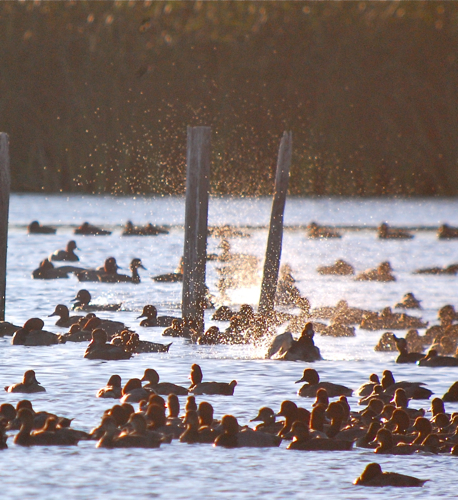 These are some redheads bathing and splashing against the sunset at Leonabelle Turnbull Birding Center in Port Aransas, TX. I took this particular photo through my spotting scope. The redheads were not at the best sun angle, but with the splashing, I thought it was an arty shot.
These are some redheads bathing and splashing against the sunset at Leonabelle Turnbull Birding Center in Port Aransas, TX. I took this particular photo through my spotting scope. The redheads were not at the best sun angle, but with the splashing, I thought it was an arty shot.
